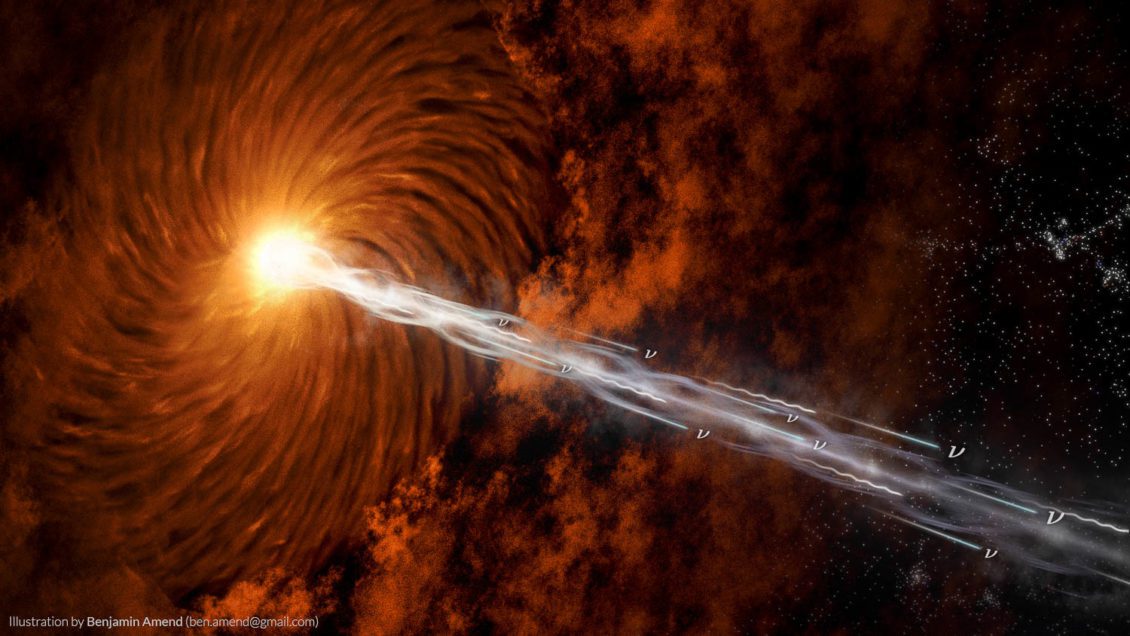Scientists are close to solving a century-old mystery about the universe
Astrophysicists may be able to track where charged particles have come from

Scientists have come one step closer to solving a 100 year-old mystery about the cosmic rays in our universe.
Astrophysicists have been trying to understand where charged particles, travelling nearly the speed of light and bombarding the Earth, come from.
These particles are incredibly difficult to track. The galaxy’s magnetic fields can deflect them during their journey through space because of their charge, making it impossible for them to know where they came from.
Another kind of particle, called neutrinos, could unlock this secret, however. Neutrinos are neutral particles produced by cosmic rays and could help pinpoint their origin, as they have very little mass and do not interact with matter.
In 2017, one of these neutrinos was found. Scientists used the IceCube Neutrino Observatory, deep in the South Pole, to track the particle back to a blazar called TXS 0506+056 – a galactic nuclei powered by a supermassive black hole.
Using data obtained by IceCube alongside a catalogue of what scientists believe to be blazars, associate professor Marco Ajello, from Clemson University, believe they have found a subset of blazars emitting these neutrinos. The chances of it being a coincidence, they say, are less than one in a million.
“We had a hint back then (in 2017), and now we have evidence,” Professor Ajello said.
“The results provide, for the first time, incontrovertible observational evidence that the sub-sample of PeVatron blazars are extragalactic neutrino sources and thus cosmic ray accelerators,” added Sara Buson from Julius-Maximilians-Universität (JMU) Würzburg in Bavaria.
Discovering these neutrinos is a major milestone in astrophysics, the researchers say, and studying the blazars will be able to help scientists work out what makes them good accelerators. Understanding other cosmic ‘messengers’, such as cosmic rays, neutrinos and gravitational waves, will give astrophysicists a greater baseline to study the universe than just using light.
“It’s like feeling, hearing and seeing at the same time. You’ll get a much better understanding,” Professor Ajello said.
“The same is true in astrophysics because the insight you have from multiple detections of different messengers is much more detailed than you can get from only light.”
Join our commenting forum
Join thought-provoking conversations, follow other Independent readers and see their replies
Comments
Bookmark popover
Removed from bookmarks